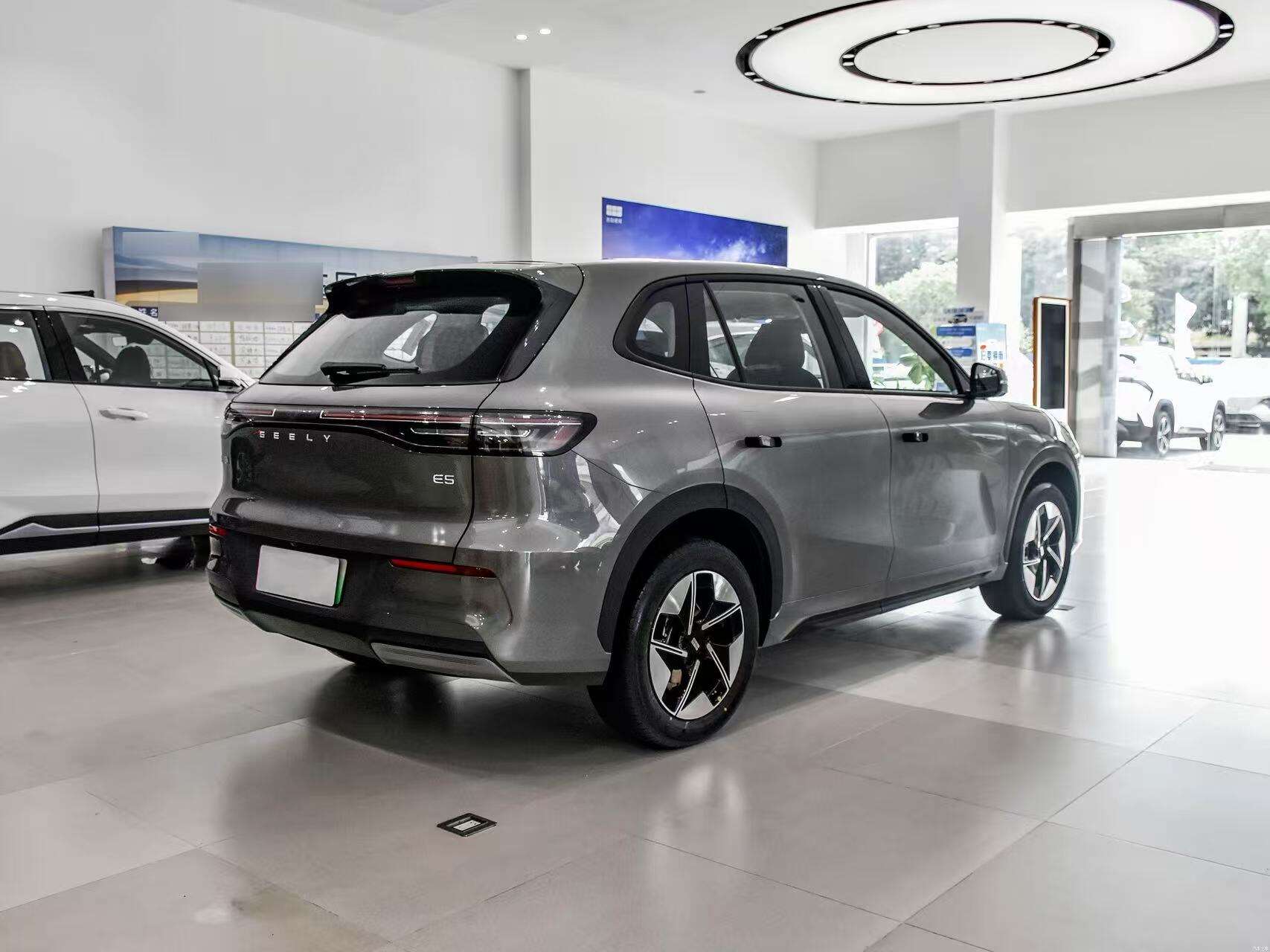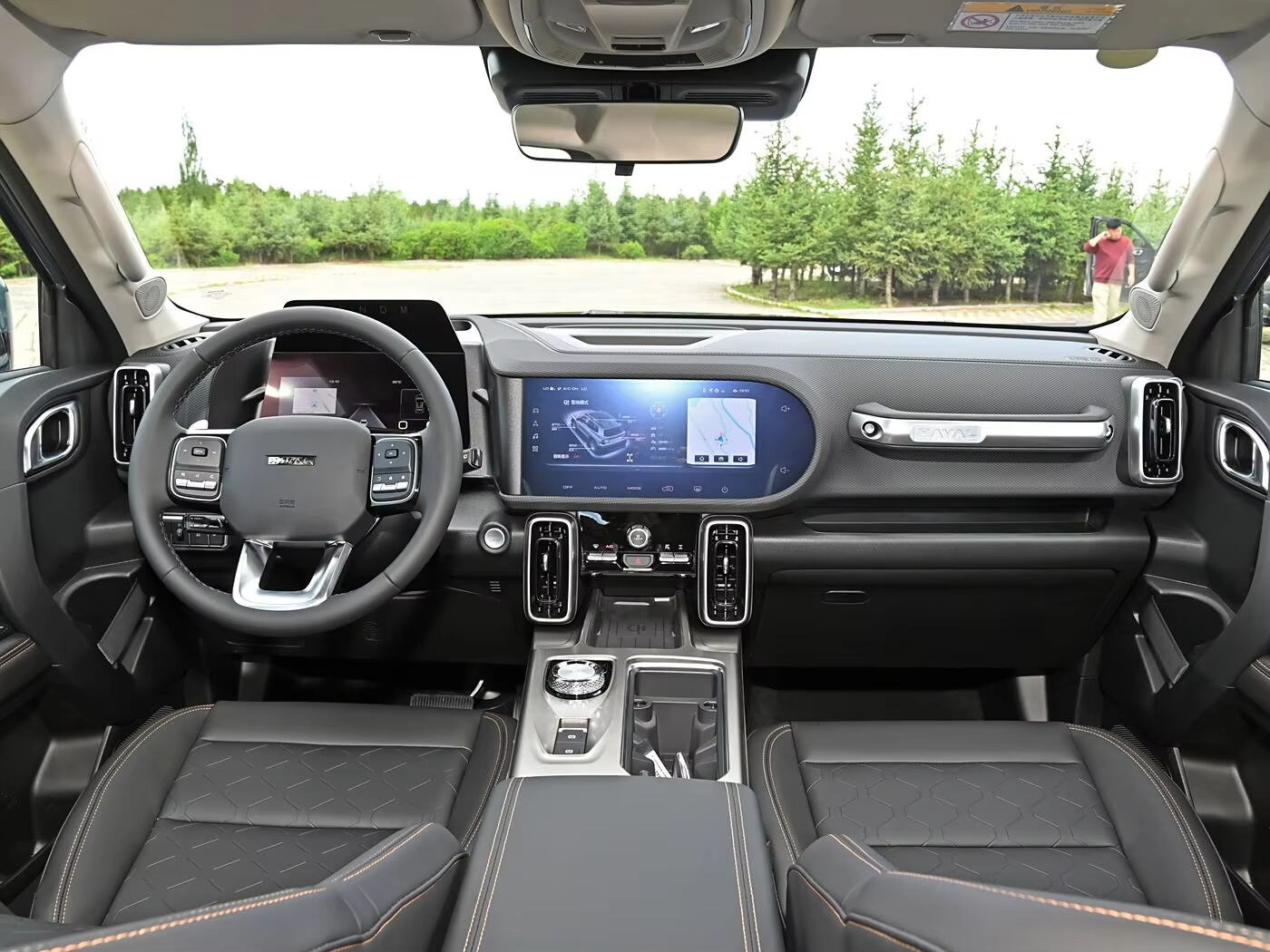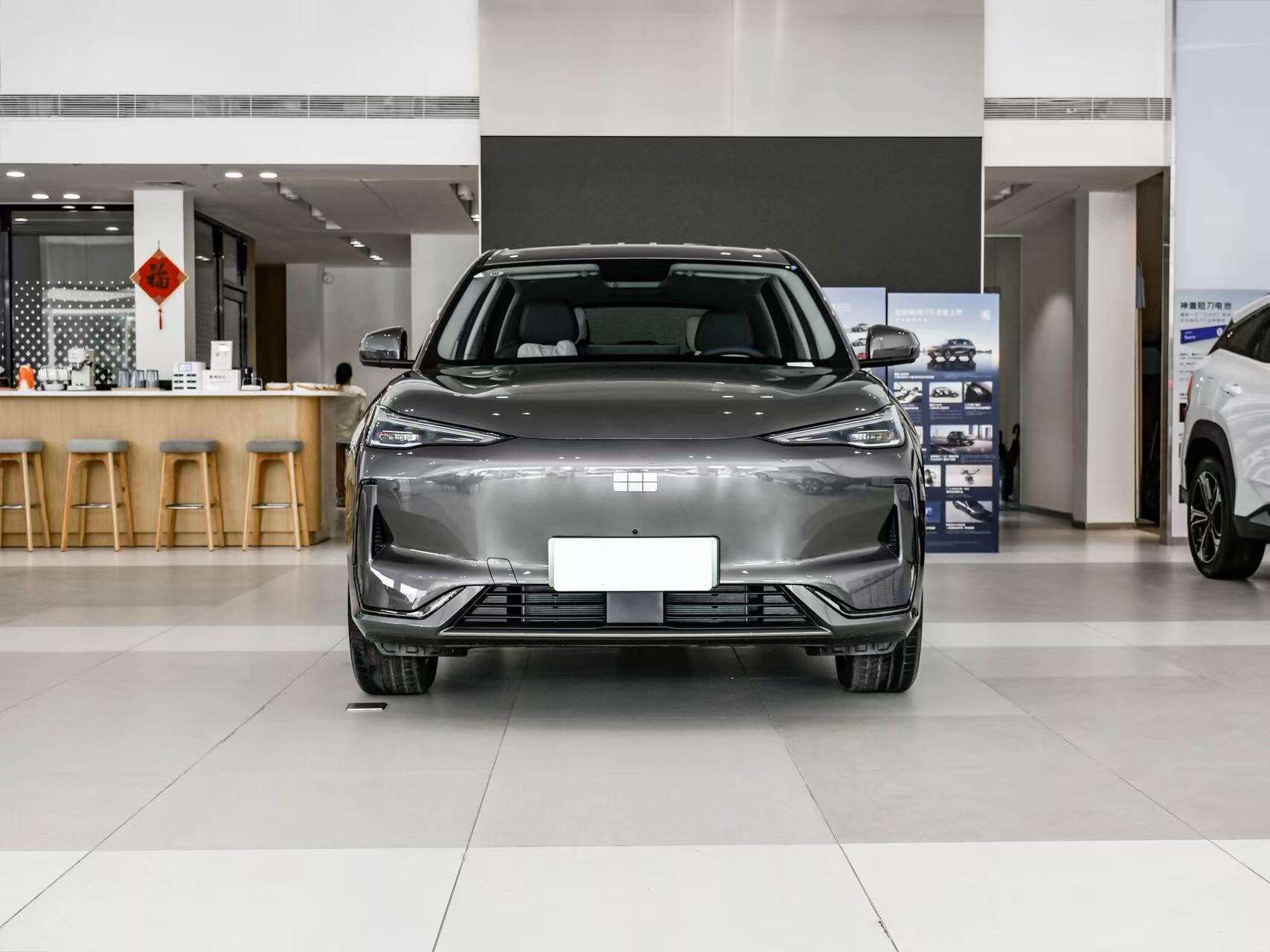Environmental Sustainability and Economic Benefits
The environmental and economic advantages of ammonia powered vehicles create a compelling value proposition. From an environmental perspective, these vehicles produce zero direct carbon emissions, significantly reducing the transportation sector's carbon footprint. The ammonia fuel can be produced using renewable energy sources, creating a truly sustainable energy cycle. The economic benefits extend beyond environmental considerations, as ammonia's lower production costs and existing infrastructure reduce overall operating expenses. The fuel efficiency of these vehicles, combined with the lower maintenance requirements of the propulsion system, results in reduced lifetime ownership costs. Additionally, the technology's compatibility with existing fueling infrastructure minimizes the need for extensive new investment in distribution networks.


